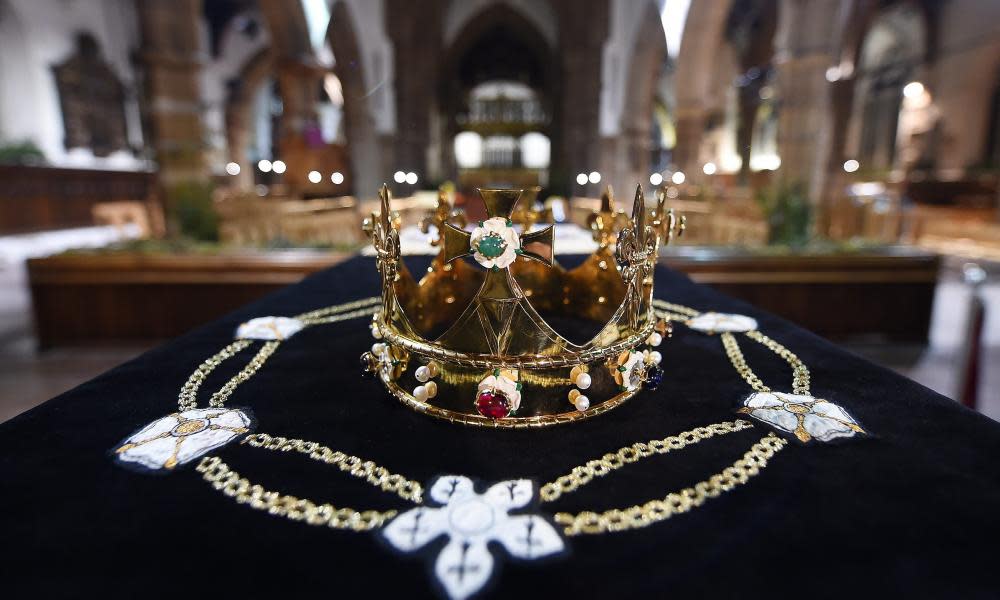Richard III and a Roman rabbit: the finds of the decade

Britain’s earliest rabbit, the remains of London’s first successful Elizabethan playhouse and a famous shipwreck are among the most significant archaeological discoveries of the past decade, according to Historic England.
The public body hailed the items unearthed in the last 10 years that have “helped transform our understanding of how people who came before us lived their lives”.
Duncan Wilson, the chief executive of Historic England, said: “This has been a truly remarkable decade of landmark archaeological discoveries. The past never ceases to surprise us. Over the past 10 years archaeologists have learned where Richard III was laid to rest, about what kind of food our Bronze Age ancestors on the Fens ate, and how medieval villagers in Yorkshire mutilated corpses to prevent them rising from the dead. There is always more to learn and I look forward to the next 10 years of amazing discoveries.”
In 2012, researchers and archaeologists found the skeleton of Richard III, the Plantagenet king who was killed at the Battle of Bosworth in 1485. They came across his remains under a car park in Leicester.
Related: Richard III: DNA confirms twisted bones belong to king
Their work also revealed Greyfriars, the Franciscan friary in which the king was buried, which had been lost for over 400 years. In 2017, Greyfriars was granted protection as a scheduled monument, considered “one of the most important sites in our national history”.
Among the highlights from the decade, according to Historic England, was the discovery of the Must farm bronze age settlement in Cambridgeshire. In 2015 a major excavation revealed the remains of the settlement, which was remarkably intact and included timber roundhouses raised on stilts.
Another discovery was the Elizabethan playhouse where Shakespeare’s Hamlet was premiered, built in 1576-7 and known as the Theatre, the earliest known example of a polygonal playhouse in London.
Between 2014 and 2015 the shipwreck of the London, which blew up in 1655 off Southend-on-Sea, was excavated and an array of items were found, from musket balls to leather shoes. A rare and well-preserved wooden gun carriage was also brought to the surface.
More unusual findings in the last decade include Britain’s earliest rabbit, which was found in Sussex. A fragment of a rabbit bone was identified, believed to be from the 1st century AD, at Fishbourne Roman Palace. Rabbits are native to Spain and France and it had been thought that they were a medieval introduction to Britain, but the new discovery showed they arrived 1,000 years earlier.
In Norfolk in 2016 archeologists uncovered an Anglo-Saxon burial site containing more than 80 rare wooden coffins that were preserved in the wet ground at Great Ryburgh.
A major Roman settlement was discovered in Yorkshire in 2017, which predated settlements in York and Carlisle by 10 years. It made historians realise that the Romans probably expanded their occupation into northern England earlier than previously thought. A range of personal objects were found, from shoes and keys to a snake-shaped silver ring.
In the last decade, there have been many advances in research methods used to understand past civilisations, according to Historic England. These include improvements in the accuracy of radiocarbon dating. It is now easier to narrow down dates of sites from centuries to decades.
Historic England said these changes mean that Neolithic sites, which they had previously dated at between 4000 BC and 3500 BC, can now be narrowed to a span of 25 years.

 Yahoo News
Yahoo News 
